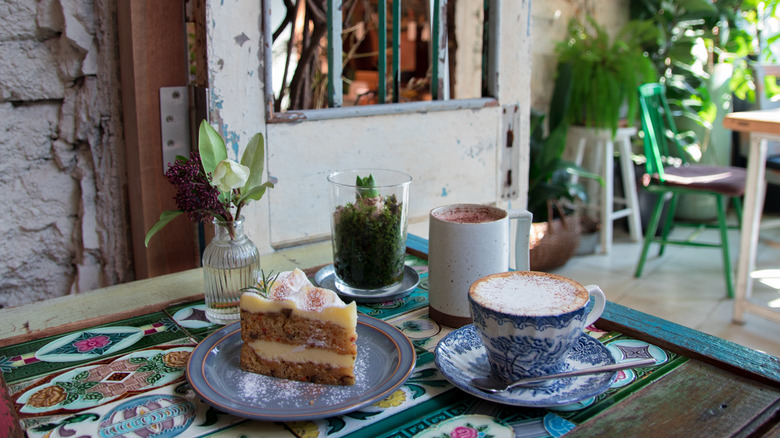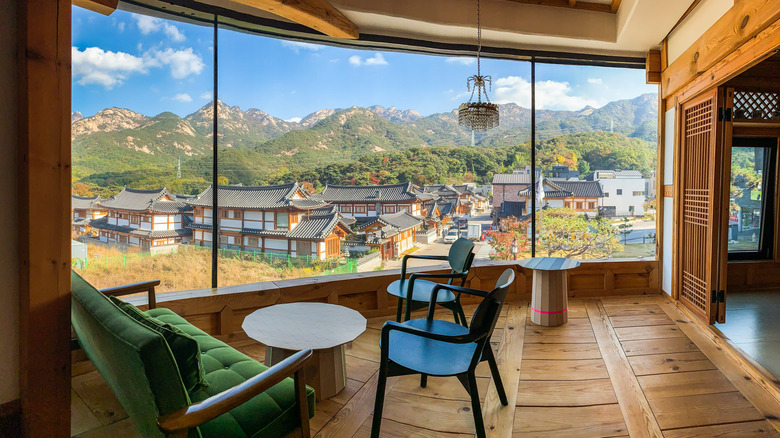How Dabangs Helped Coffee Shop Culture Flourish Across South Korea
If you have never visited vibrant South Korea before, it will not take you long to realize upon first visiting that a strong and unique coffee shop culture permeates the nation. With approximately 70,000 cafes and more popping up nationwide, you'll probably find a coffee shop around every corner in Seoul. And while Korean coffee culture seems well-established, it's a relatively recent phenomenon; it all started with King Gojong's first sip of coffee back in 1896, though it would later become the Korean royal's favorite beverage.
With the King's support, in 1923, the first traditional dabang (or tea room) was established and served coffee, tea, and other non-alcoholic beverages to affluent Koreans. But with time, more popped up and became popular with artists, writers, and salarymen. While the milieu of dabangs had begun to shift, coffee remained expensive, which kept the beverage out of reach for many in South Korea.
Cheaper coffee spurred the opening of more shops
But by the time the U.S. aided South Korea during the Korean War, American soldiers brought a new and exceedingly cheap version to its shores, instant coffee. This added a new dimension to the coffee-drinking habits of South Koreans, catalyzing cultural change. From the 1960s onward, fancy dabangs, once reserved for the elite and artists, became more commercialized and inclusive. They were now the "it" place for all to socialize in South Korea, regardless of background or social status.
And even regular coffee, once an expensive import, became more affordable over time, with its prices stabilizing in the 1980s, nearly a century after King Gojong had his first sip. New cafes began to sprout nationwide, embodying modern aesthetics that took design cues from traditional dabangs. These trendy cafes rapidly emerged as the new epicenters of South Korea's vibrant social life and established South Korea's unique coffee shop culture.
Modern coffee culture meets trendy and traditional aesthetics in South Korea
Dabangs took root in South Korea over a century ago and never looked back. In 1999, Starbucks opened its first Korean store in Seoul, and today, the city has the highest number of Starbucks stores globally. Not too far from one of them, you'll probably also find a non-chain trendy cafe with a floral theme like Cafe Arriate, Greem Cafe, whose entire interior is fashioned like hand-drawn 2-D animation, or a cutesy animal aesthetic like Cafe Layered. There are also cafes in South Korea where you can drink a misugaru latte or Americano while painting a watercolor or petting a live sheep.
South Korea's contemporary coffee culture also beautifully intertwines with the nation's rich heritage, best exemplified by the rise of hanok cafes. These unique establishments, housed within traditional Korean homes known as hanoks, provide a nostalgic and peaceful ambiance within the bustling urban landscape.
The evolution from dabangs to modern trendy cafes, and now to the nostalgic hanok cafes, reflects South Korea's dynamic cultural landscape. This nation's coffee culture continues to flourish and evolve while etching its unique footprint in the global culinary scene.


